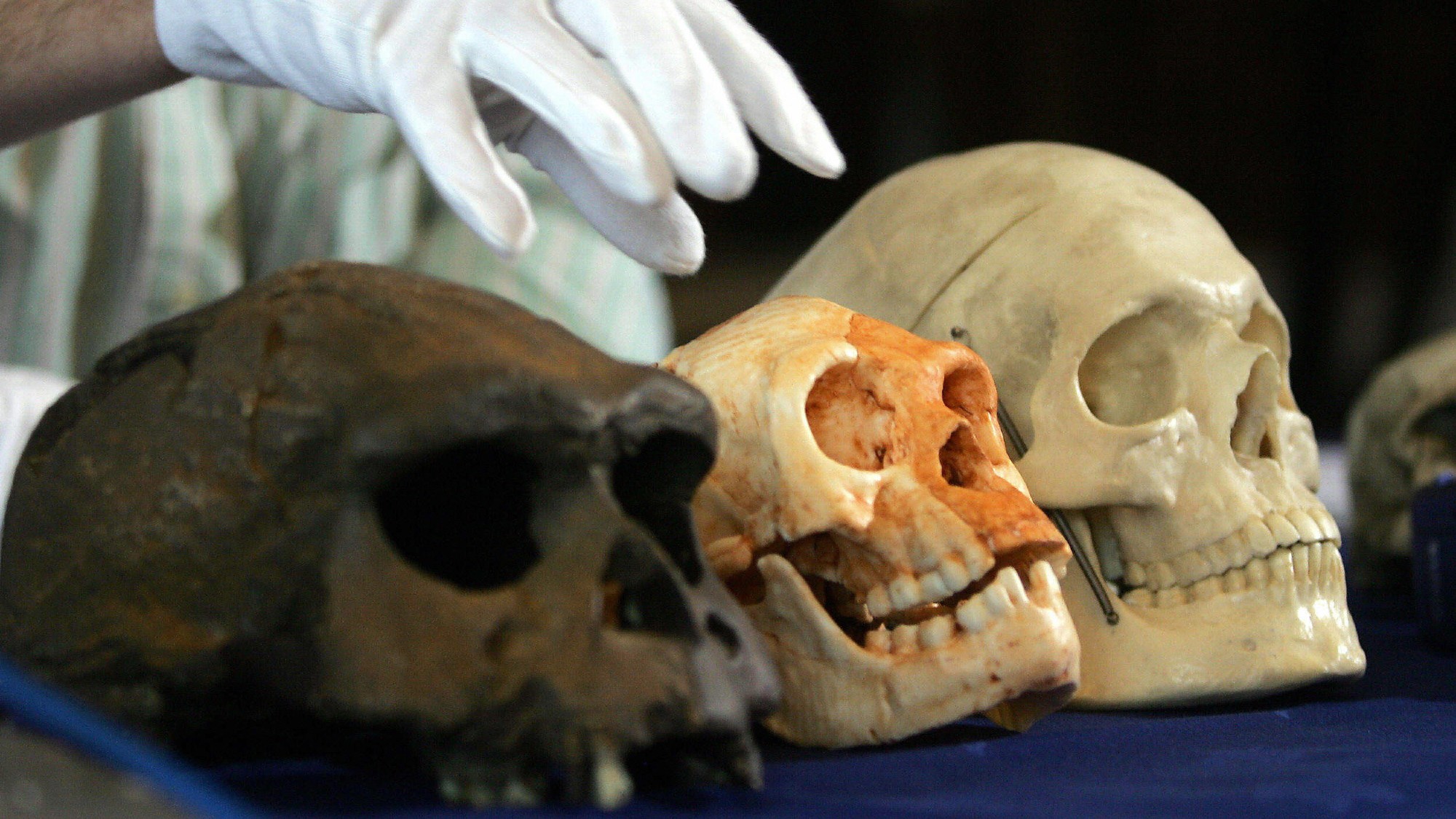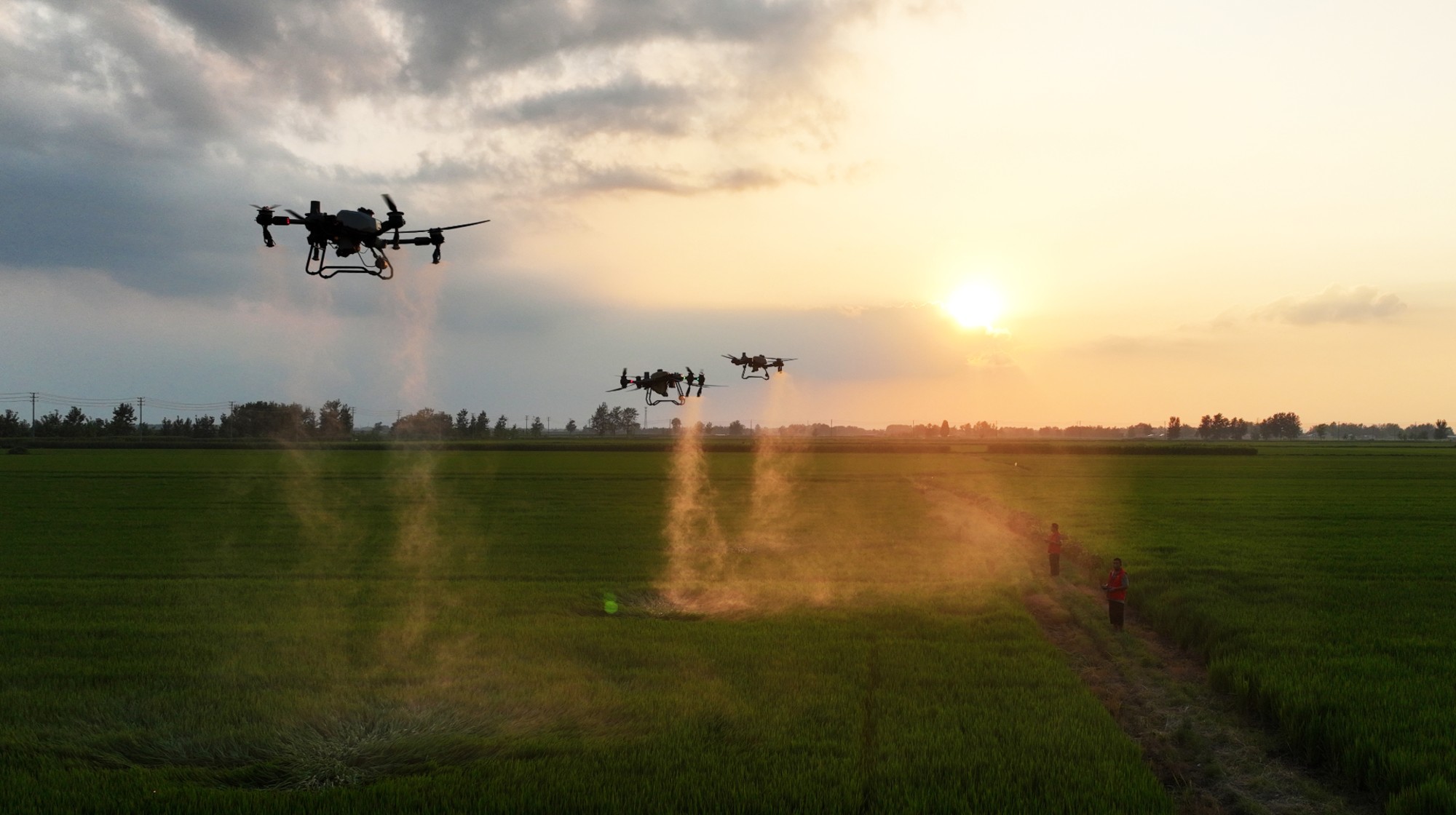When dreams kill: The phenomenon of sleep paralysis
The mind is so powerful, says Alexis Madrigal, that it can make us sick — and even cause our own death.

THEY DIED IN their sleep one by one, thousands of miles from home. Their median age was 33. All but one — 116 of the 117 — were healthy men, immigrants from Southeast Asia. You could count the time most had spent on American soil in just months. At the peak of the deaths in the early 1980s, the death rate from this mysterious problem among the Hmong ethnic group was equivalent to the top five natural causes of death for other American men in their age group.
Something was killing Hmong men in their sleep, and no one could figure out what it was. There was no obvious cause of death. None of them had been sick, physically. The men weren't clustered all that tightly, geographically speaking. They were united by dislocation from Laos and a shared culture, but little else. Even Dr. House would have been stumped.
Doctors gave the problem a name, the kind that reeks of defeat, a dragon label on the edge of the known medical world: Sudden Unexpected Nocturnal Death Syndrome. SUNDS. It didn't do much in terms of diagnosis or treatment, but it was easier to track the periodic conferences dedicated to understanding the problem.
The Week
Escape your echo chamber. Get the facts behind the news, plus analysis from multiple perspectives.

Sign up for The Week's Free Newsletters
From our morning news briefing to a weekly Good News Newsletter, get the best of The Week delivered directly to your inbox.
From our morning news briefing to a weekly Good News Newsletter, get the best of The Week delivered directly to your inbox.
Twenty-five years later, Shelley Adler's new book pieces together what happened, drawing on interviews with the Hmong population and analyzing the extant scientific literature. Sleep Paralysis: Night-mares, Nocebos, and the Mind-Body Connection is a mind-bending exploration of how what you believe interacts with how your body works. Adler, a professor at the University of California, San Francisco, comes to a stunning conclusion: In a sense, the Hmong were killed by their beliefs in the spirit world, even if the mechanism of their deaths was likely an obscure genetic cardiac arrhythmia that is prevalent in Southeast Asia.
BY 1986, THE Hmong deaths had slowed, but they remained a striking epidemiological fact. Shelley Adler was a graduate student at UCLA studying traditional belief narratives at the time. She'd been researching what she called "nocturnal pressing spirit attacks," or what scientific literature called sleep paralysis. Fascinatingly, sleep paralysis is known to just about all cultures, and it is almost always associated with nocturnal evil. In Indonesia, it's called digeunton ("pressed on"). In China, it's bei gui ya ("held by a ghost"). The Hungarians know it as boszorkany-nyomas, "witches' pressure." In Newfoundland, the spirit that comes is called the Old Hag, and the experience of sleep paralysis, ag rog, "hag ridden." The Dutch name comes closest to what English speakers know. They call the presence nachtmerrie, the night-mare. The "mare" in question comes from the German mahr or Old Norse mara, which denoted a generally female supernatural being who, in Adler's words, "lay on people's chests, suffocating them."
Across cultures, night-mare visits play out in very similar ways. Victims experience the strange feeling of being "awake." While they have a realistic perception of their environment, they can't move. Worse, they feel an "overwhelming fear and dread" accompanied by chest pressure and difficulty breathing. Scientists have a pretty good grasp of how all of this happens. The paralysis, the feeling of pressure on the chest, all that is explained quite nicely within the scientific models of sleep. During sleep paralysis, a person experiences an "out of sequence" REM state. In REM sleep, we dream and our minds shut off the physical control of the body; we're supposed to be temporarily paralyzed. But we are not supposed to be conscious in REM sleep. Yet that is precisely what happens during sleep paralysis: It is a mix of brain states that are normally separate.
And then there is the weird stuff, the Old Hag part, the night-mare. People who have an experience of sleep paralysis tend to feel some horrible, evil being is near them. "I just knew this presence was there. An ominous presence...not only could I not see it, but I couldn't defend myself, I couldn't do anything," one victim told Adler. This feeling is consistent across cultures, even if it goes by different names and presents through the culture one knows.
A free daily email with the biggest news stories of the day – and the best features from TheWeek.com
I experienced sleep paralysis twice in college. I can vouch for the sheer terror that attends the experience. I saw — no, felt — an evil presence to my left. I can't tell you what was evil about it or how I knew it was so nasty. But I did. As the experience progressed, it came closer. It didn't feel like my life was at risk. That was, in fact, too small. It felt like the presence was after something else, probably what you'd call my soul or my being, even though intellectually I'm a straight materialist. I woke up more scared than I've ever been in my life.
But there is a one big difference between sleep paralysis, which impacts a substantial percentage of the global population at least once, and what the Hmong immigrants experienced in the 1980s. The Old Hag was terrifying but harmless; whatever happened in the night to the Hmong killed them.
ADLER STUDIED THE Hmong and their relationship to what they call tsog tsuam for years and years. That research forms the core of her book. Adler went out into the field. She collected dozens of experiences of sleep paralysis among the Hmong both from her own interviews and other researchers. One 49-year-old Adler interviewed provided this typical experience: "I remember a few months after I first came here — I was asleep. I turned out the light and everything, but I kind of think...and then — all of a sudden, I felt that — I cannot move. I just feel it, but I don't see anything, but I — then I tried to move my hand, but I cannot move my hand. I keep trying, but I cannot move myself. I know it is tsog tsuam. I am so scared. I can hardly breathe. I think, Who will help? What if I die?"
She brought her background in exploring traditional belief systems to bear on attacks like the one above. She found that the nighttime attacks were part of a matrix of beliefs held by both animist and Christian Hmong. A powerful folklore had built up around tsog tsuam that included both causes and cures for the attacks.
"When the Hmong don't worship properly, do not perform the religious ritual properly, or forget to sacrifice or whatever, then the ancestor spirits or the village spirits do not want to guard them," one man explained to Adler. "That's why the evil spirit is able to come and get them." And for a lot of reasons, the Hmong in the late 1970s and early 1980s were not able to worship properly.
The ethnic group fought a guerrilla war against the government of Laos with U.S. backing during the Vietnam War. When the Laotian communists won, many Hmong struck out for America to avoid reprisals. The U.S. government decided to scatter the Hmong randomly across the U.S. to 53 different cities, breaking up the immigration patterns we generally see. In short order, the Hmong organized and made a "secondary migration" to California, Wisconsin, and Minnesota. Unemployment was obscenely high, and the sense of community that many had enjoyed in the old country was gone.
Some Hmong felt that they had not properly honored the memories of their ancestors, which was a known risk factor among the Hmong for being visited by the tsog tsuam. Once the night-mare visitations began, a shaman was often needed to set things right. And in the scattered communities of Hmong across the country, they might not have access to the right person.
Drawing on all this evidence, Adler makes the provocative claim that the Laotian immigrants of the 1980s were in some sense killed by their powerful cultural belief in night spirits, that "the solitary Hmong man confronted by the numinous terror of the night-mare (and aware of its murderous intent) can die of SUNDS."
Her argument amounts to a stirring and chilling case for the power of the nocebo, the flip side to the placebo effect. While placebo studies have grown in importance, the nocebo effect has not been studied well by scientists, in part because of the ethical issues involved in deliberately doing something that might harm people. Limited studies suggest that it is real and it is powerful. For example, doctors have found that patients made to feel anxious need larger amounts of opiates after surgery than other people. They've found that pretending to expose people who say they are sensitive to electromagnetic radiation to cell phone signals can give them debilitating headaches. Even patients' levels of side effects from arthritis medication seem determined by those patients' beliefs about those medicines. Logically speaking, if the evidence shows the upside of belief, why wouldn't we believe in the downside, too? And why wouldn't we believe that the intensity of the downside would vary with the intensity of the belief, even if those beliefs were about something unscientific, like spirits or astrology?
If you're still unsure that the nocebo effect could actually lead to premature death, Adler cites one stunning example of the effect from China. A team of researchers found that Chinese-Americans die younger than expected "if they have a combination of disease and birth year which Chinese astrology and medicine considers ill-fated." That is to say, if they were born in a year that was astrologically linked to poor lung health, they would die an average of five years earlier from lung-related disease than someone born in some other year with the same disease. Similar effects were not found in the white populations around them. And how much sooner they died depended on the people's "strength of commitment to traditional Chinese culture." Think about that for a minute. If you were born under a bad sign, you died five years younger from the same diseases as people born under good signs. But only if you believed in Chinese astrology.
Results like these seem improbable, or anti-reason, or something. But Adler's book is an attack on the "Oh, come on!" form of argument. She uses her understanding of both science and traditional belief structures to argue for what she
calls "local biology."
"Since meaning has biological consequences, and meanings vary across cultures, biology can operate differently in different contexts," she writes. "In other words, biology is 'local' — the 'same' biological processes in different places have different 'effects' on people."
The truth is that we don't understand the relationship between belief and biology quite as well as we'd like to think. That's one reason sleep paralysis is so useful as a probe for the boundary of mind and body. The night-mare is "a link between our
biological and cultural selves." While people of all cultures experience sleep paralysis in similar ways, the specific form and intensity it takes vary by culture, soaking up whatever local spirits or monsters happen to be lurking nearby.
By Alexis Madrigal. ©2011 The Atlantic Media Co., as published in TheAtlantic.com. Distributed by Tribune Media Services.
-
 Homo Floresiensis: Earth’s real life ‘hobbits’
Homo Floresiensis: Earth’s real life ‘hobbits’Under the Radar New research suggests that ‘early human pioneers’ in Australia interbred with archaic species of hobbits at least 60,000 years ago
-
 Homes by renowned architects
Homes by renowned architectsFeature Featuring a Leonard Willeke Tudor Revival in Detroit and modern John Storyk design in Woodstock
-
 Looming drone ban has farmers and farm-state Republicans anxious
Looming drone ban has farmers and farm-state Republicans anxiousIN THE SPOTLIGHT As congressional China-hawks work to limit commercial drone sales from Beijing, a growing number of conservative lawmakers are sounding an agricultural alarm